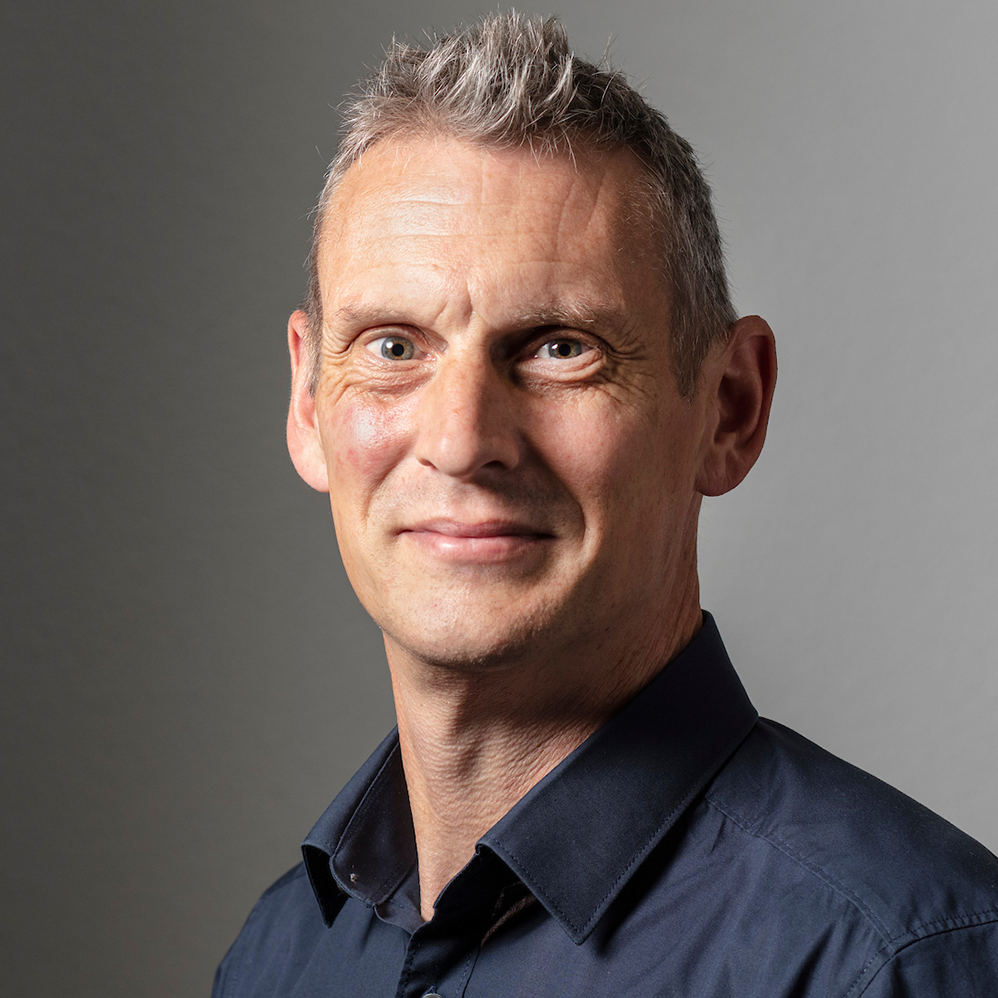Exhibition reveals hidden drug scene

Thirteen years after addicts were evicted from their favourite haunt in Zurich, drug users can once again be seen shooting up in the city's Platzspitz park.
People visiting the immaculate lawns of the spot once nicknamed “Needle Park” are confronted with graphic images, shot by Swiss photographer Michael von Graffenried, who documented 18 months in the lives of three addicts.
Medieval carvings of the Virgin Mary and various saints gaze down on photographs of addicts snorting cocaine or injecting themselves with heroin inside the Landesmuseum, which is holding the exhibition entitled Rosana, Astrid, Peter and the others.
The exhibition is intended to serve as a reminder that while drug users are no longer so visible since the disastrous drug containment experiment ended more than a decade ago, addiction is still a problem in Zurich and the rest of Switzerland.
“We now hide drug addicts in Switzerland, so people think that the problem has gone, but it hasn’t,” von Graffenried told swissinfo.
“Everything now is artificial and cleaned up. People think they have enough problems in their own lives so they only want to see perfection.
“I force people to see what they don’t want to see. I hope that after seeing the exhibition the public will accept addicts as human beings and not as dirty strangers. It is better to face reality in order to lose your fear and deal with it.”
Photo journal
Von Graffenried followed the day-to-day lives of three Bern-based addicts for 18 months as they dealt in drugs, got into prostitution and passed through prison in a never-ending quest for the next fix.
The photo journalist embarked on the project at the suggestion of Bern drugs workers Contact Foundation. He did not pay any of his subjects, but they were persuaded to take part by his promise to highlight their plight to the public.
“I feared these people before I got to know them. I thought that they would cheat me or steal my mobile phone,” he admitted. “But over the months I got to know them as individuals and I now count them as my friends.
“During one period, Peter was on the run from the police and a policeman asked me where I could find him. I had to decide between getting a good picture of Peter being arrested and retaining his confidence. I chose to retain his confidence.
“But on the whole their lives are not so fantastic. In fact, it is more banal than you can imagine.
“The present I gave them was to portray them in a human way which took them back to society. They thanked me for making them exist again.”
The photographs first appeared last winter on billboards in Zurich, Bern, Lausanne, Geneva, Basel and Lugano before exhibiting in Bern’s Kornhausforum museum.
Back to Needle Park
Von Graffenried also produced a book called Cocainelove that tells the story. But the last leg of the exhibition in Zurich is the most significant as it takes Rosana, Peter and Astrid back to Needle Park where they spent so much time more than a decade ago.
“Rosana was particularly emotional about coming back here,” von Graffenried explained. “She is clean now and was shocked to see images portraying her addiction in this place because it brought back so many memories.”
The Landesmuseum exhibition is partly sponsored by the city’s social department. Spokeswoman Alexandra Heeb explained that public awareness is essential if the drug centres and treatment programme are to work.
“The inhabitants of Zurich have forgotten how bad things were and they don’t see the problem any more,” she told swissinfo.
“The danger is that we will find it difficult getting future financing for drug programmes if the public no longer support and vote for these policies. In Switzerland, you need public will to make things happen.
“That is why it is important to show them that drug addiction is still a big problem that still needs a lot of money and effort to solve.”
Mixed reaction
So far the exhibition, which has been running since August 19, has received a mixed response from the public, explained Landesmuseum project manager Kathleen Bühler.
“We knew that putting photographs of drug addicts next to effigies of saints would not please everybody,” she said. “The idea was to give the suffering of the addicts a historical context. The saints experienced suffering, despair, hope and forgiveness, which is relevant to the subjects of this exhibition.
“The negative comments are mainly from tourists who come to Zurich to see nice things, but we have been thanked from many Zurich residents who are happy that we are showing reality.”
“My work is not moralistic, I just show things as they are. It is up to others to judge,” said von Graffenried. “I hope that when Astrid, Peter and the others see themselves like this it will shock them into changing their lives, but deep down I know that it is a forlorn hope.”
swissinfo, Matthew Allen in Zurich
Rosana, Astrid, Peter and the others is showing at Zurich’s Landesmuseum until October 30, 2005.
The photographs were also shown on billboards in Zurich, Lausanne, Lugano, Bern, Geneva and Basel before being exhibited in Bern’s Kornhausforum museum last winter.
Michael von Graffenried is from Bern, but now lives in Paris.

In compliance with the JTI standards
More: SWI swissinfo.ch certified by the Journalism Trust Initiative



You can find an overview of ongoing debates with our journalists here . Please join us!
If you want to start a conversation about a topic raised in this article or want to report factual errors, email us at english@swissinfo.ch.